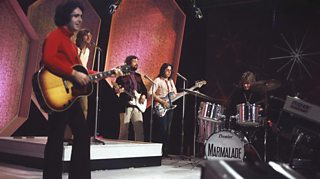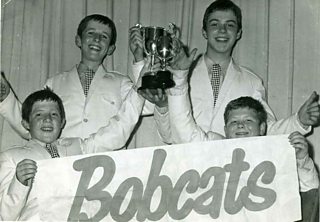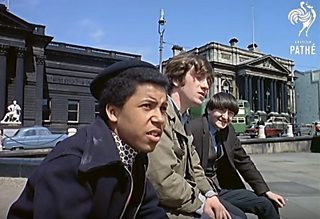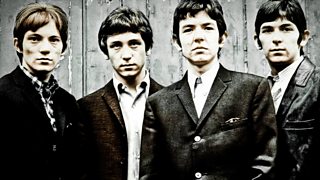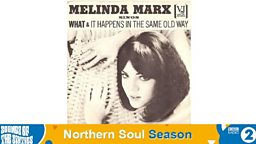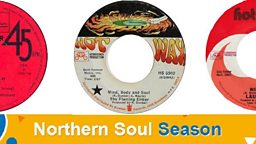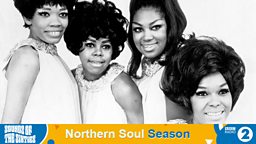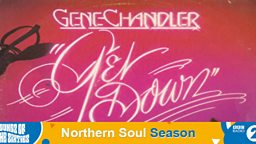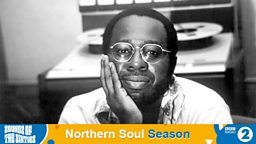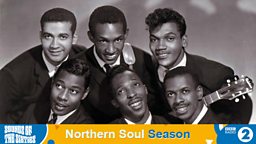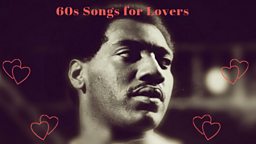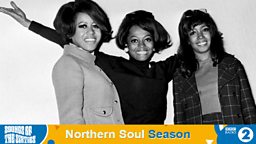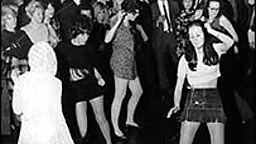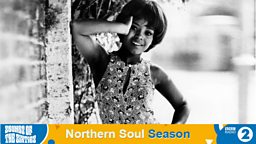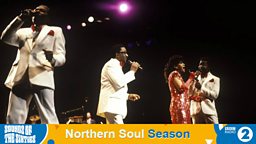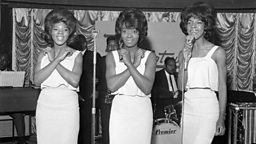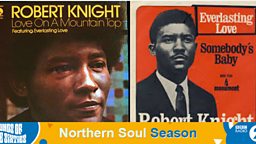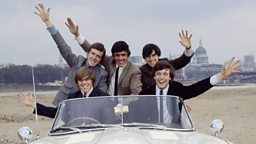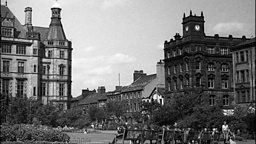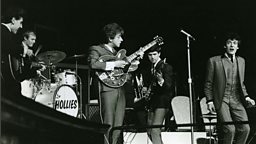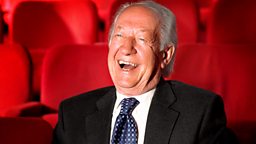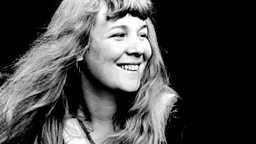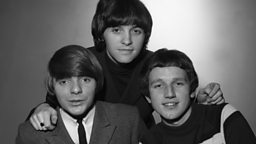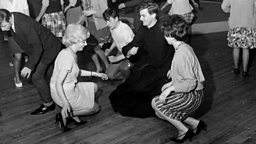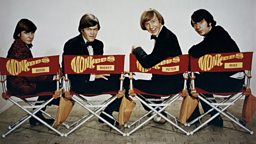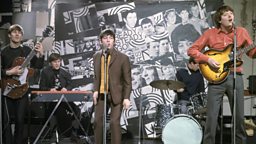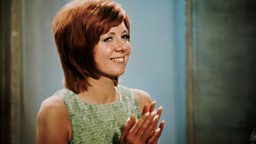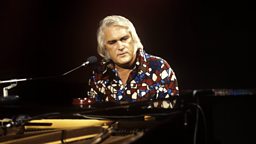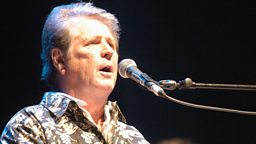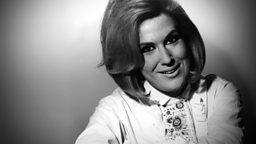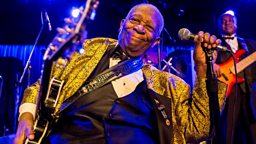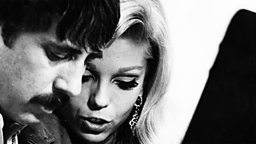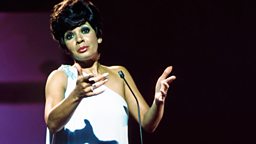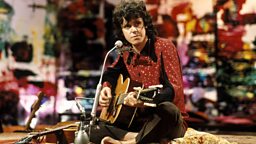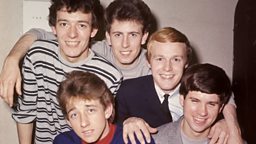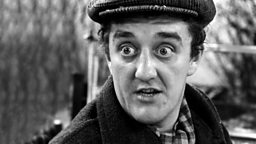Beat Cities: Manchester
The Hollies and The Toggery Five: inside Manchester's beat scene in the 1960s with Bob Stanley
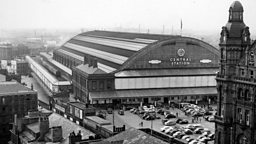
Manchester may not have had a club as iconic as the Cavern, but it produced almost as many successful beat groups as Liverpool - the Dakotas, Herman's Hermits, Freddie & the Dreamers, Wayne Fontana & the Mindbenders and, biggest of all, the Hollies. One local group who may have been less than enamoured with the Hollies were The Toggery Five. The Clint Ballard song I'm Alive was set to be their third single in 1965; they recorded it with Hollies' producer Ron Richards at Abbey Road, which is presumably how the better known group ended up cutting it soon after. They also shared management - no wonder they suspected foul play and felt they'd been denied a number one hit.

Truth be told, The Toggery Five had already cut a couple of songs to give I'm Alive a run for its money. They had formed in 1963, and first rehearsed at the Thatched House pub in Stockport. The group's unusual name came from a clothes shop, The Toggery, owned by their manager Mike Cohen; he was going out with Coronation Street's Lucille Hewitt (actress Jenny Moss, who cut her own single Hobbies with Joe Meek) at the time and she came up with the name.
Audio survives of the group's appearance on Rediffusion's Ready Steady Win TV talent show in 1964, with commentary from our old mate Brian Matthew and co-presenter Gay Singleton. They eventually came second in the final to Harrow's Bo Street Runners, who won a deal with Decca Records; the runners up prize for The Toggery Five was a Commer van.
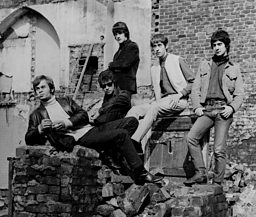
Within a week of the Ready Steady Win final, their first single, I'm Gonna Jump, was released. In February '65 came a second, I'd Much Rather Be With The Boys; written by Keith Richards and Stones manager Andrew Loog Oldham, it was a cracking song, given a suitably snotty vocal from The Toggery Five's Paul Young (not that one, the other one). The b side was Frank Renshaw's own It’s So Easy, a fine moody number with strong harmonies that is even better.
After the I'm Alive debacle in the summer of 1965, the group faced several line-up changes and by 1966, with Renshaw gone but Paul Young still on vocals, they also included the nucleus of Jethro Tull in guitarist Mick Abrahams and drummer Clive Bunker. A recording of Graham Gouldman's Going Away stayed unreleased and they split for good at the end of '66. In 1967, Frank Renshaw would cut an unreleased cover of Walk Away Renee, produced by Graham Nash. Paul Young eventually went on to score hit singles as lead singer with another Manchester band, Sad Cafe.
-
![]()
Bob Stanley with some of the best Beat bands from the Capital...
-
![]()
The little told story of the Glasgow beat bands
-
![]()
Bob Stanley on Sheffield beat band, 'The Sheffields'
-
![]()
The Beat Boom: Birmingham in the 1960s
-
![]()
Bob Stanley looks into the Beat Boom in the vibrant city of Liverpool
-
![]()
The stories behind tracks from The Small Faces, The Who, Nancy Sinatra, and many more...

